Frog
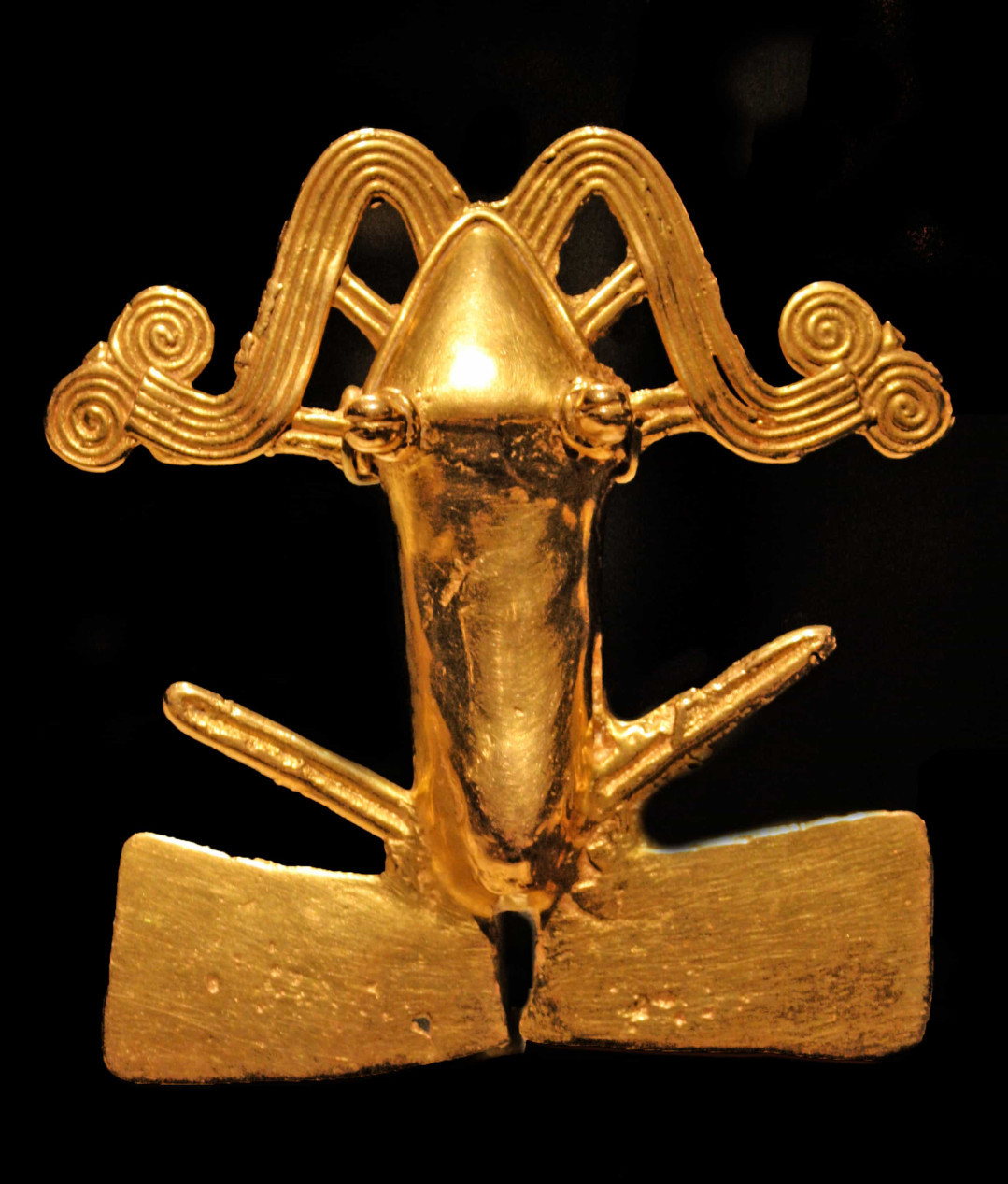
Originating from the Chiriquí province in Costa Rica, this gold-cast frog pendant dates to around the 11th century. Frogs are frequently depicted in the gold work of Costa Rica and Panama. There are many species in this area and may have provided inspiration for local artisans.
Dragonfly
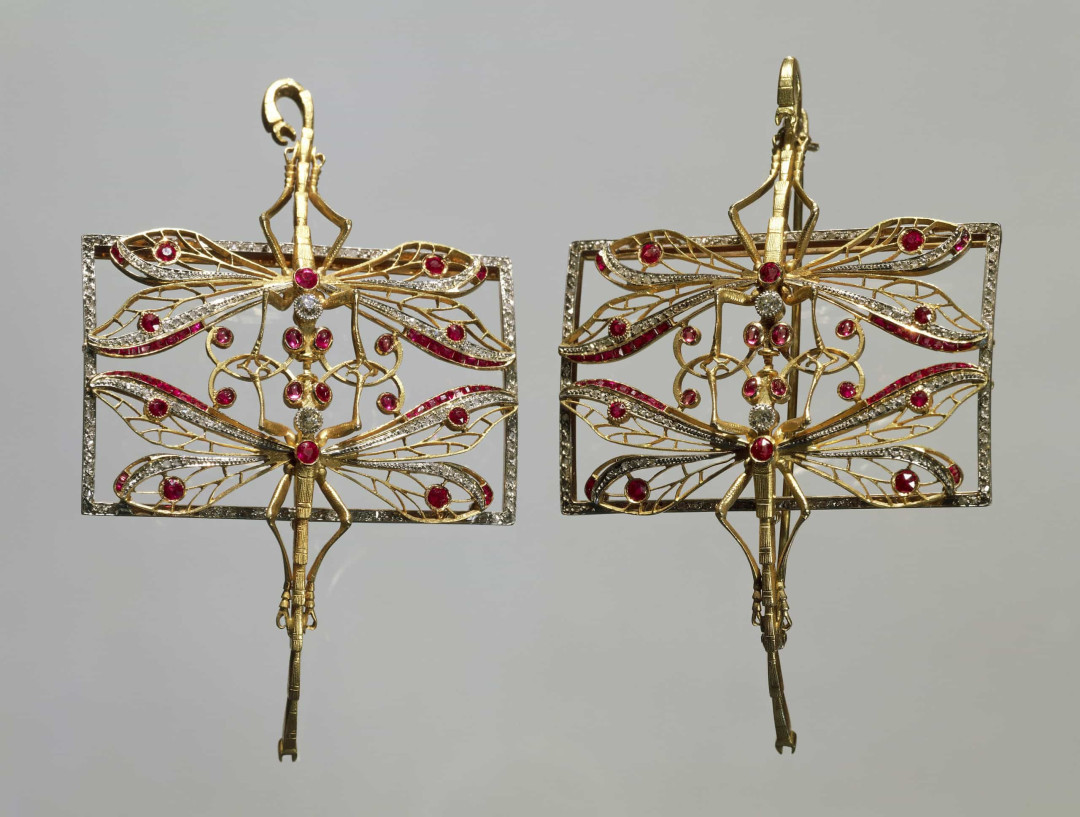
René Lalique (1860–1945) was responsible for creating some of the world’s most iconic jewelry. This exquisite brooch known as the Dragonfly Woman is one of his finest, made in 1897–1898 and is a masterpiece of the Art Nouveau period.
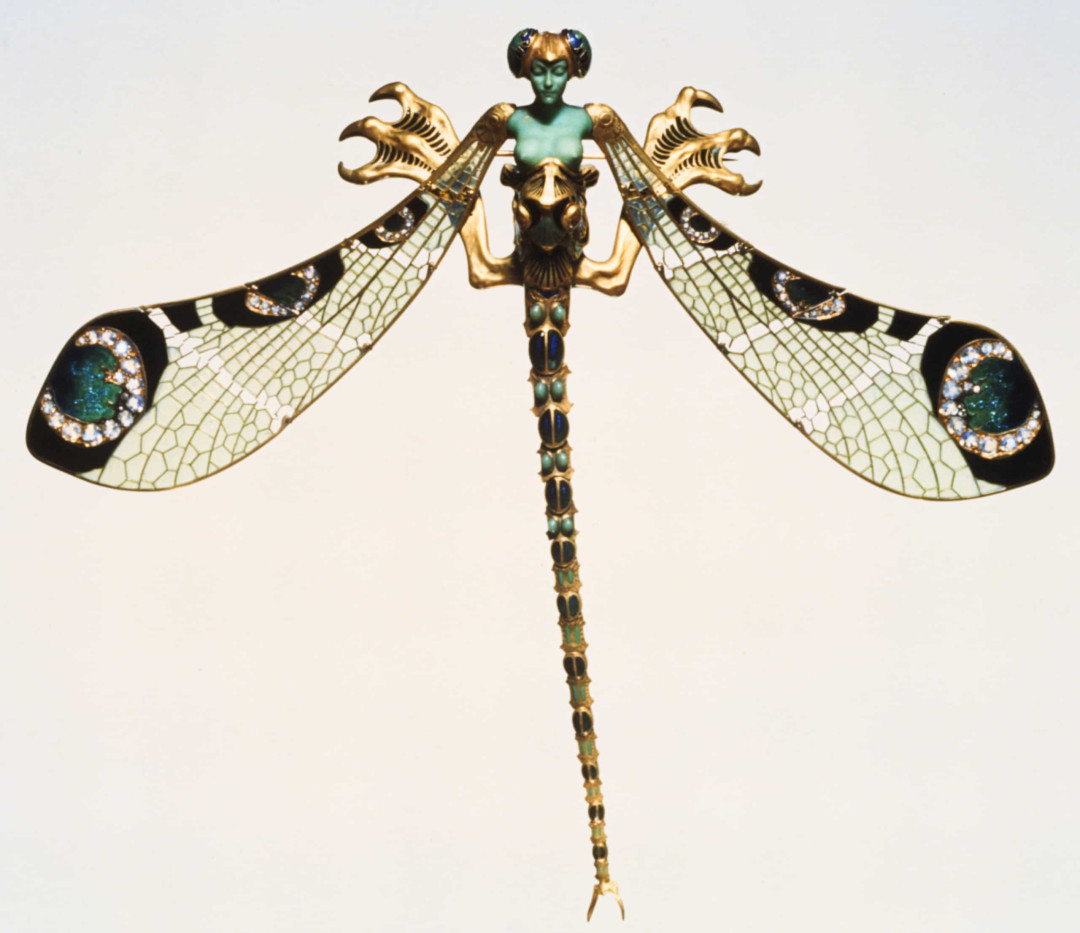
The delicate dragonfly with transparent wings is one of the jeweler’s favorite insects. Imagine how much effort it took to create this pair of early 20th century gold brooches studded with rubies and diamonds.
Snake
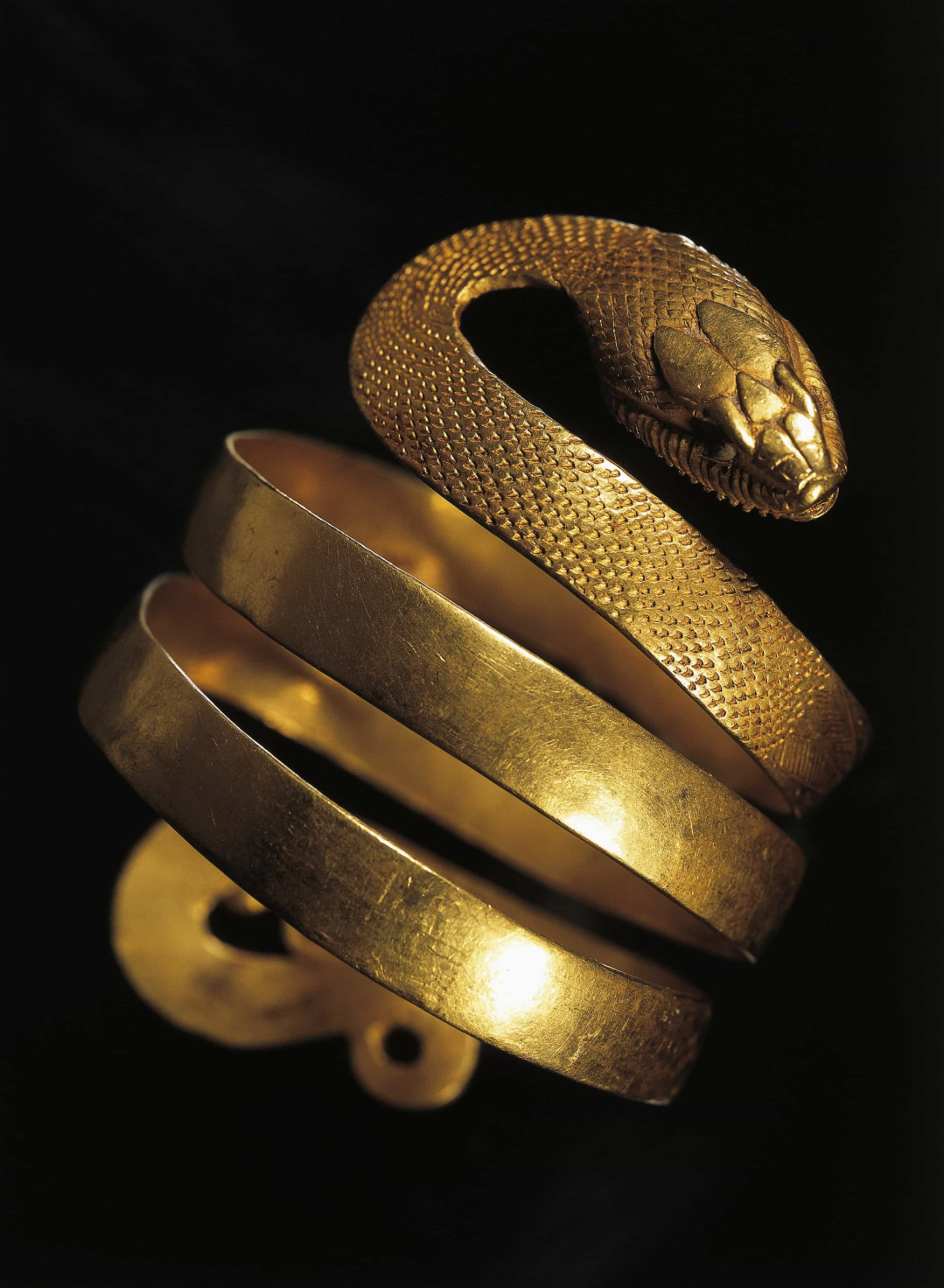
Solid gold bracelets in the shape of snakes were among the most popular objects in ancient Greek and Roman jewelry. This example of a Roman snake dates from the 1st century CE.
Another more complex product from Egypt, the bracelet below features a two-headed snake. Bracelets like these are often worn in pairs, on the wrist or on the arm. Snakes symbolize fertility and are meant to ward off evil.

Italian luxury brand Bulgari produced this beautiful teardrop-cut emerald and snake ring in 1995, influenced by a 3,000-year-old design.
Fish
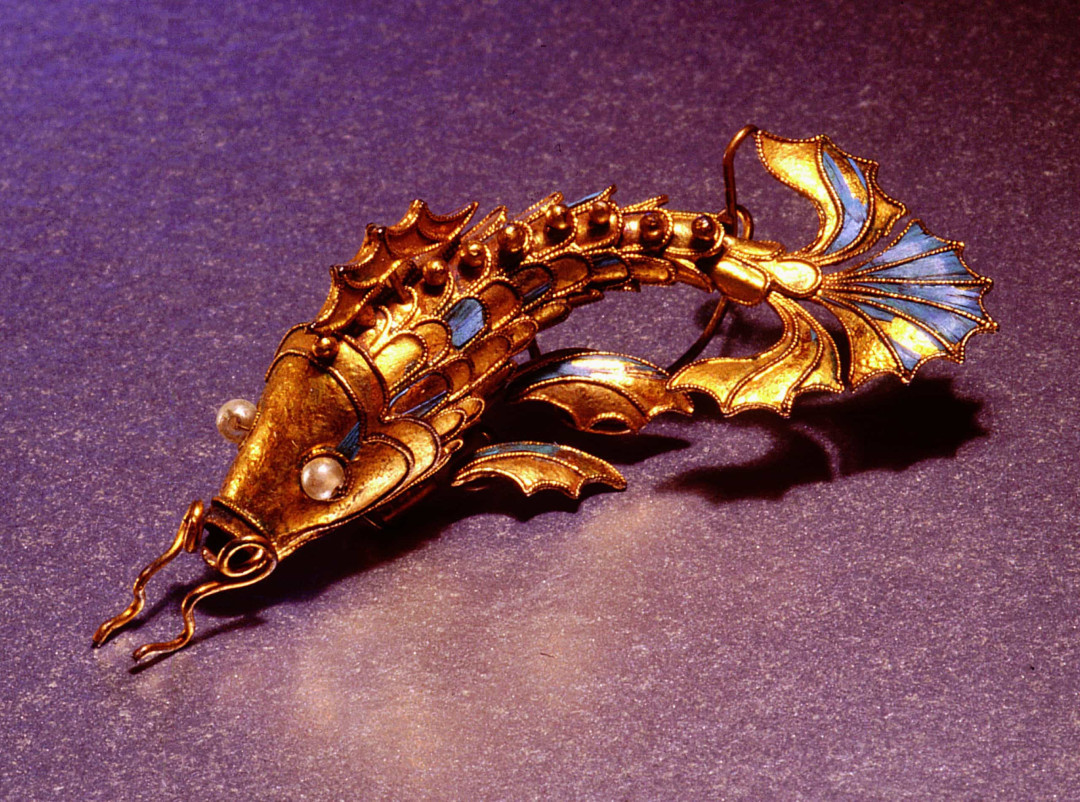
The jeweler who created this silver-plated fish used real kingfisher feathers and pearls for the eyes. The work is mounted on a hairpin and is of Chinese origin, made in 1820 during the Qing Dynasty (1644–1911), the last dynasty in China’s imperial history.
Horse
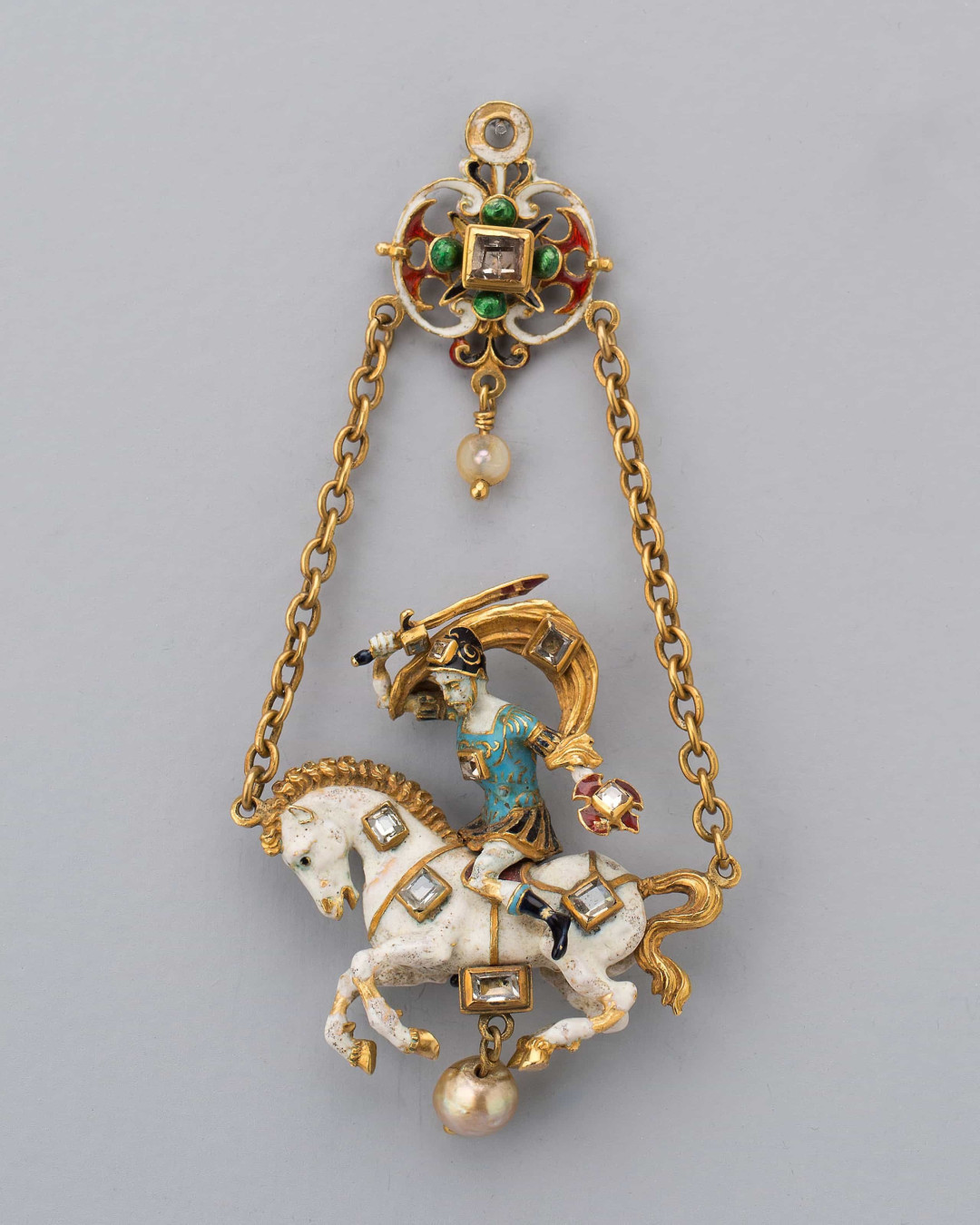
The horse has inspired artisans for millennia, and equestrian-themed jewelry remains extremely popular today. Pictured is a knight pendant, made around 1860–1870 in Austria and carefully crafted with gold, enamel, diamonds and pearls.
Butterfly
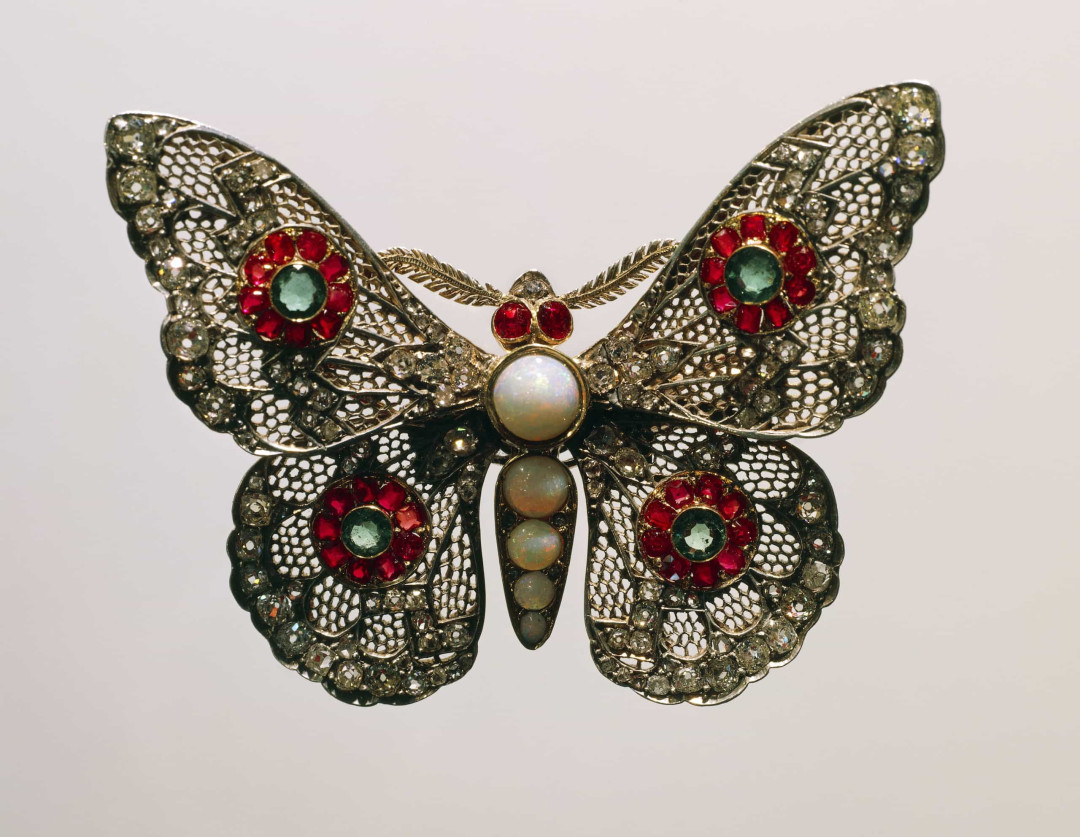
A stunning example of a jeweler’s art, this 19th-century European gold butterfly brooch is studded with pearls, gemstones and intricate motifs. It dates from around 1870.

This distinctive brooch in the shape of a moth was made in 1900 from gold, enamel, gemstones, moonstones, and diamonds created by French jeweler Eugène Feuillâtre (1870–1916). Feuillâtre was very famous for the beauty and quality of his enamel work.
Lion
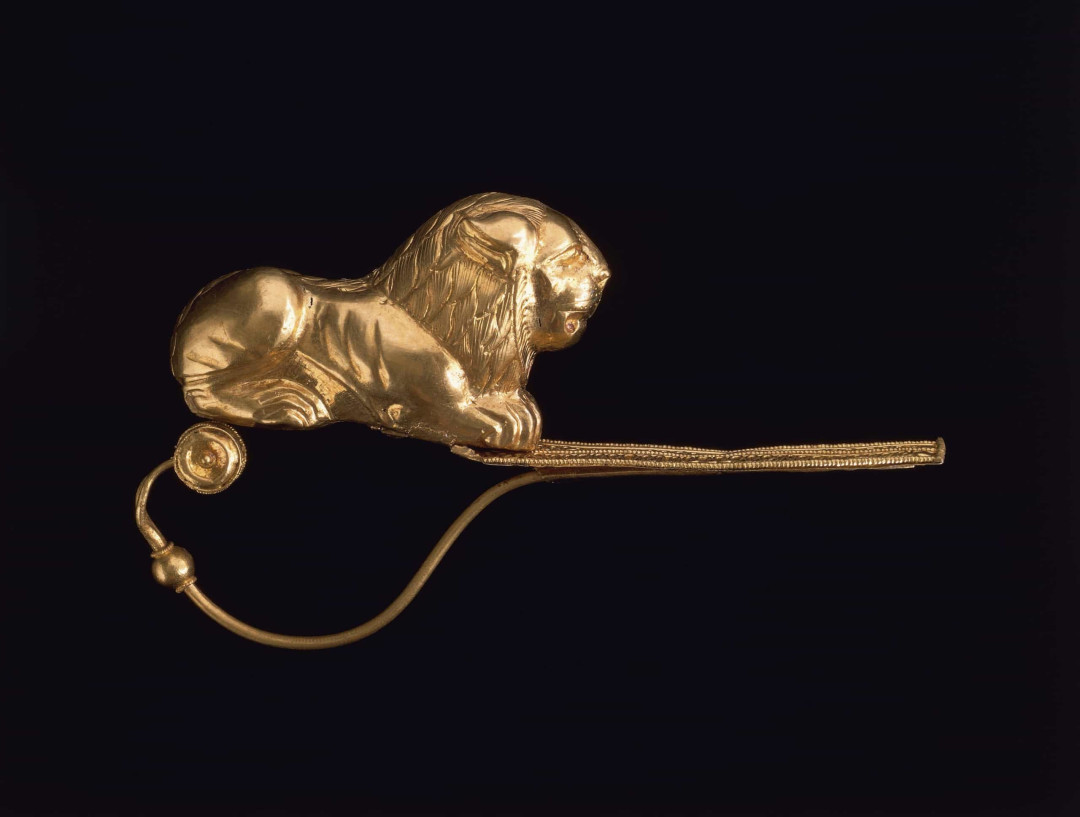
A miniature lion sitting on this domed gold brooch is a piece of jewelry from the Etruscan civilization, a powerful family that emerged in what is now central Italy around the 5th century AD. 6 BC.
Bird

Primitive but highly symbolic in design, this bird-shaped Anglo-Saxon brooch was made in England around 500–550 CE. The brooch is made of silver with gold plating and garnets. Carved animal ornaments symbolize protection and are reminiscent of the social status and cultural significance of the Anglo-Saxon era.
Antelope

Dating from the late 4th to 3rd century BC, these ancient Greek-style earrings feature a gazelle head attached to a circlet of twisted gold wire. They are crafted in Alexandria.
Another piece of jewelry inspired by South African coins and wildlife, these pure gold Krugerrand cufflinks feature a medium-sized antelope found primarily in the South and West South Africa.
Cat
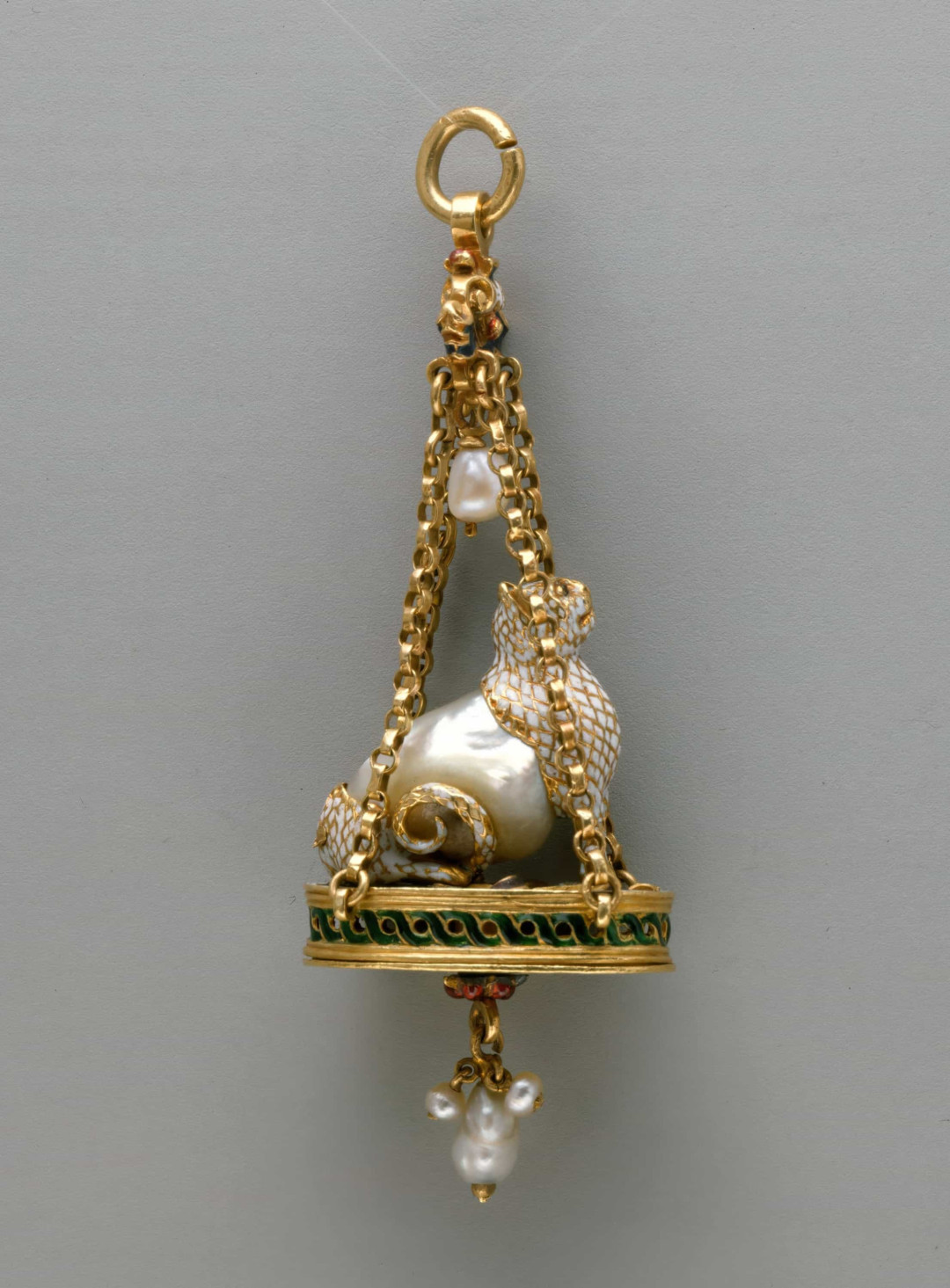
Probably of Spanish origin and dating from the late 16th to early 17th century, this interesting pendant features a sitting cat with a Baroque pearl on its stem with gold mounts Enamel and smaller pearl pendants. Cats of all wonderful shapes have appeared in jewelry designs since ancient times.
Horse
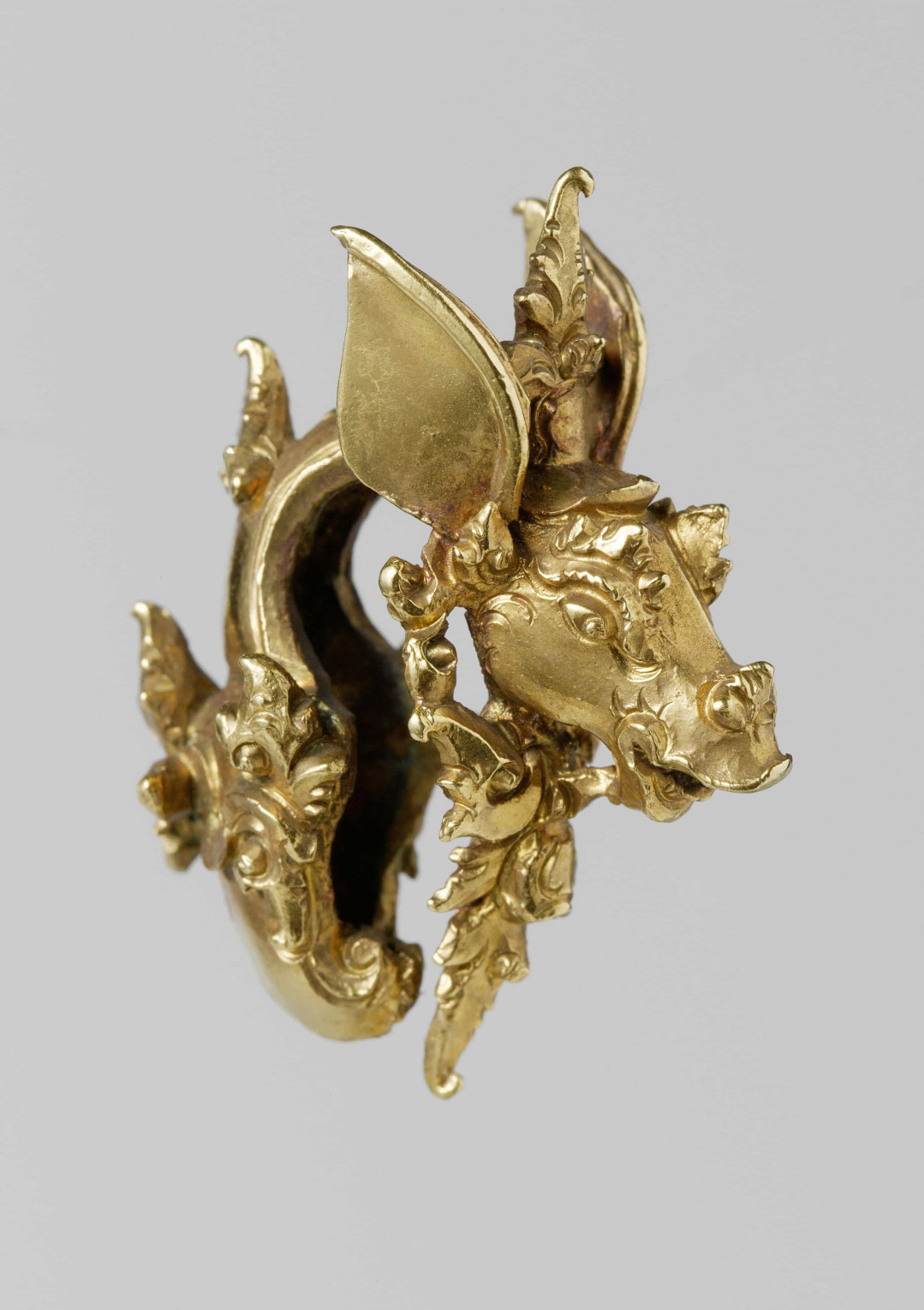
Likely originating from Java, Indonesia, this intricate earring design features a horse head with floppy ears, with a floral decoration in the middle. It is made of gold and was probably crafted around 1300–1500 CE.
Dog

These modern diamond and ruby cufflinks are designed to resemble a poodle breed. Valuable canines appeared on the market in 2010.




